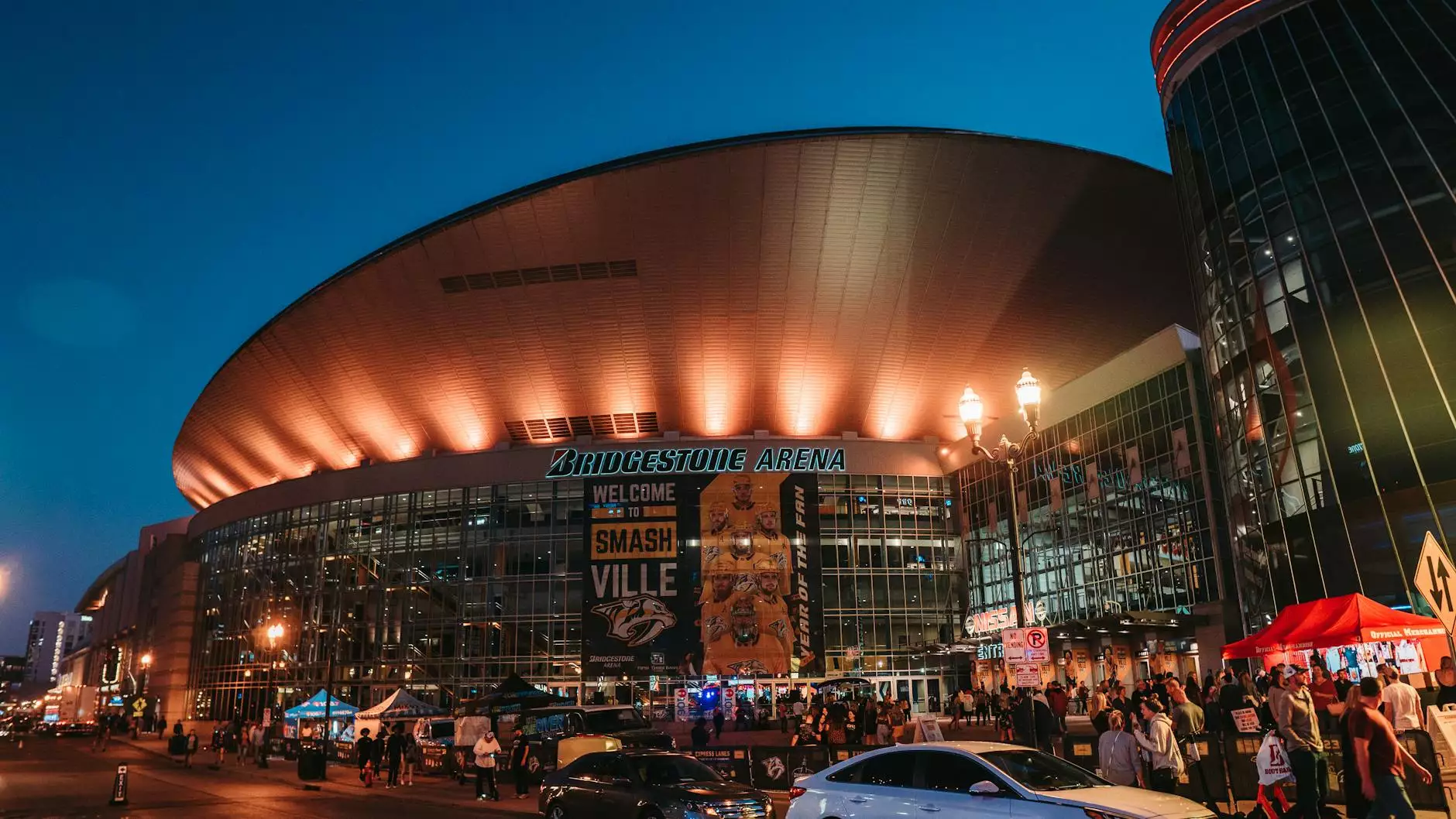The Architecture of Super Stadiums
Design
Welcome to McKenna John J Architect's insight into the fascinating world of super stadium architecture. In this article, we will delve into the awe-inspiring designs and innovative engineering feats that have revolutionized the sports industry. Prepare to be amazed as we explore the architectural wonders that have become icons of our time.
The Evolution of Stadium Design
Over the years, stadium architecture has gone through a remarkable transformation. Gone are the days of simple concrete structures. Today, super stadiums are architectural marvels that blend functionality, aesthetics, and sustainability in breathtaking ways.
Seating Arrangements and Sightlines
When it comes to super stadiums, every single seat matters. The seating arrangements are meticulously planned to provide unobstructed views of the action, ensuring an unforgettable experience for spectators. From the uppermost tier to the front row, each seat is strategically positioned to optimize sightlines.
Innovative Roofing Systems
A critical aspect of any super stadium's design is its roofing system. The roof not only protects spectators from the elements but also plays a significant role in enhancing the acoustics within the stadium. The roofing systems employed in super stadiums vary from retractable roofs to lightweight, translucent materials that allow natural light to flood the playing field.
Sustainable Practices
In an era where sustainability is paramount, super stadiums are leading the way in incorporating eco-friendly practices. From rainwater harvesting systems to solar panels and energy-efficient lighting, these stadiums are designed to minimize their environmental impact. McKenna John J Architect takes pride in creating energy-efficient stadiums that inspire future generations.
Structural Marvels
Super stadiums are not just places to watch sporting events; they are engineering marvels that push the limits of what is possible. The intricate structural designs employed in these stadiums ensure their longevity and safety, even in the most extreme conditions.
Tensile Membrane Structures
Tensile membrane structures have revolutionized the way stadiums are built. These lightweight, flexible structures offer unparalleled design freedom and can be easily adapted to suit various architectural styles. With their ability to span large distances and withstand adverse weather conditions, tensile membrane structures have become a staple in super stadium construction.
Innovative Materials and Form
From steel and reinforced concrete to state-of-the-art composites, super stadiums are constructed using a wide range of materials. The use of innovative materials not only allows for creative architectural forms but also ensures the structural integrity and safety of the stadium. McKenna John J Architect understands the importance of selecting the right materials for each unique project, resulting in structurally sound stadiums that stand the test of time.
Iconic Super Stadiums Around the World
Let's take a closer look at some of the most iconic super stadiums designed by McKenna John J Architect:
The Diamond Dome - Seattle, USA
The Diamond Dome in Seattle features a revolutionary domed roof that can withstand extreme weather conditions. Its sleek and futuristic design has made it an architectural landmark in the city. With a seating capacity of over 70,000, it has become the ultimate venue for sporting events and concerts.
The Solar Sphere - Beijing, China
Located in the heart of Beijing, the Solar Sphere is a testament to sustainable design. Its innovative spherical shape maximizes natural lighting while minimizing energy consumption. The stadium's unique facade is covered in solar panels, generating clean energy to power its operations.
The Future of Super Stadiums
As technology continues to advance, the future of super stadium architecture looks incredibly promising. From augmented reality experiences for spectators to advanced retractable roofing systems, the possibilities are endless. McKenna John J Architect remains at the forefront of these developments, constantly pushing the boundaries of design and engineering.
Enhanced Fan Experiences
Super stadiums of the future will revolutionize the fan experience. Imagine stepping into a stadium where virtual reality transports you right into the heart of the action. With interactive displays and immersive technologies, spectators will feel more connected to their favorite teams than ever before.
Sustainable Innovations
Efforts to create greener stadiums will continue in the future. The integration of renewable energy sources, advanced water management systems, and carbon-neutral construction methods will drive the sustainability revolution in super stadium architecture.
Designing for Adaptability
In a rapidly changing world, super stadiums must be adaptable to accommodate diverse events and evolving needs. Flexible seating arrangements, modular designs, and multi-functional spaces are just some of the considerations architects will have to address to meet the demands of the future.
Conclusion
The architecture of super stadiums has reshaped the way we experience sports and entertainment. McKenna John J Architect has played a significant role in bringing these extraordinary structures to life, pushing the boundaries of what is possible. From innovative designs to sustainable practices, super stadiums continue to captivate audiences worldwide, setting new standards for the future.




